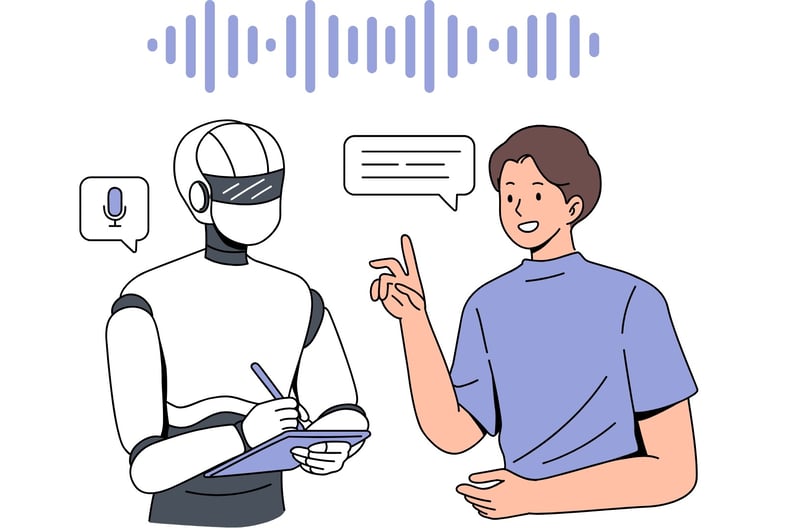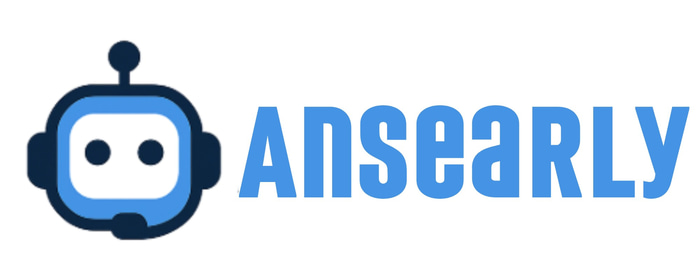When to Use AI Call Agents vs Human Agents: Finding the Right Balance
In today's customer service landscape, the choice between AI call agents and human representatives isn't simply a matter of technology versus tradition—it's about strategically deploying the right resource at the right moment. As voice AI technology becomes increasingly sophisticated, organizations must develop a nuanced understanding of when each option delivers optimal value.
Roosewalt Pereira
5/19/20253 min read


When to Use AI Call Agents vs Human Agents: Finding the Right Balance
In today's customer service landscape, the choice between AI call agents and human representatives isn't simply a matter of technology versus tradition, it's about strategically deploying the right resource at the right moment. As voice AI technology becomes increasingly sophisticated, organizations must develop a nuanced understanding of when each option delivers optimal value.
AI Call Agents: When Technology Delivers Superior Results
High-Volume, Routine Interactions
AI excels at managing predictable, repetitive conversations that follow established patterns. These systems can handle thousands of simultaneous interactions without fatigue, making them ideal for:
Account balance inquiries and basic information requests
Order status tracking and delivery updates
Appointment scheduling and confirmations
Password resets and simple troubleshooting
Collection of standard customer information
Speed and Immediate Availability
When instant response is critical, AI call agents provide unmatched advantages:
Zero wait times even during peak periods
24/7/365 availability across all time zones
Consistent service quality regardless of call volume
Immediate scaling during unexpected demand surges
After-hours support without staffing premiums
Cost-Effective Service Delivery
For organizations balancing service quality with financial constraints, AI offers compelling economics:
Significantly lower cost-per-interaction than human agents
Elimination of training and turnover expenses
Reduced physical infrastructure requirements
Consistent operating costs regardless of call volume fluctuations
Improved efficiency through instant knowledge retrieval
Data Collection and Analysis
AI systems excel at gathering actionable insights:
Systematic collection of customer feedback and preferences
Real-time analysis of emerging issues and trends
Consistent categorization of interaction types
Identification of improvement opportunities across products and services
Unbiased reporting on customer sentiment and satisfaction metrics
Creating a Synergistic Approach
Rather than choosing one approach exclusively, forward-thinking organizations implement strategic hybrid models:
Intelligent Routing
Direct inquiries to the appropriate resource based on:
Issue complexity and emotional content
Customer value and relationship history
Previous interaction patterns
Current service volume and wait times
Customer channel and service preferences
Seamless Escalation Pathways
Create frictionless transitions between AI and human support:
Warm transfers with complete context preservation
Clear escalation triggers based on specific indicators
Agent visibility into previous AI interactions
Consistent tone and messaging across channels
Continuous feedback loops for system improvement
Complementary Strengths
Leverage each resource where it delivers maximum value:
AI handling initial triage and information gathering
AI managing routine follow-ups and confirmations
Humans addressing core complex problems
Humans providing relationship-building moments
AI collecting post-interaction feedback and data
Measuring Success: Beyond Cost Metrics
Evaluate your approach based on comprehensive performance indicators:
First-contact resolution rates
Average handling time and total resolution time
Customer effort scores and satisfaction ratings
Net Promoter Score and loyalty metrics
Customer lifetime value and retention rates
The Future: Evolution, Not Revolution
As AI technology continues to advance, the balance will shift gradually rather than suddenly. Organizations that view AI call agents and human representatives as complementary rather than competitive will create superior customer experiences while optimizing operational efficiency.
The most successful contact centers will be those that continuously refine when, where, and how they deploy each resource, creating a seamless experience that capitalizes on technological efficiency while preserving the irreplaceable power of human connection.


Human Agents: When the Human Touch is Irreplaceable
Complex Problem-Solving
When issues require critical thinking and creative solutions, human agents shine:
Multi-faceted problems with no standard resolution path
Situations requiring negotiation or compromise
Interconnected issues spanning multiple products or services
Cases necessitating exception handling or policy interpretation
Technical troubleshooting requiring diagnostic reasoning
Emotional Intelligence and Empathy
In emotionally charged situations, the human capacity for empathy becomes essential:
Handling upset or frustrated customers
Addressing sensitive personal circumstances
Managing service failures or product issues
Delivering difficult news or policy explanations
Building rapport with high-value customers
Judgment and Discretion
When situations fall into gray areas, human discernment is invaluable:
Evaluating unusual refund or compensation requests
Assessing potentially fraudulent activity
Making real-time decisions on customer accommodations
Navigating legally sensitive conversations
Representing the brand in high-stakes interactions
Relationship Building
For creating lasting connections and loyalty, human interactions offer distinct advantages:
Consultative selling and needs assessment
High-value account management
Retention conversations with at-risk customers
Cross-selling and upselling opportunities
Customer education on complex products or services


